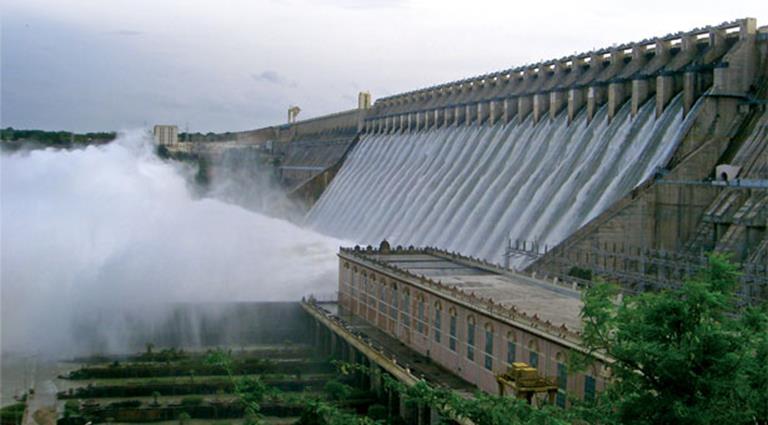Introduction
The state of Sikkim, nestled in the eastern Himalayas, is known for its breathtaking natural beauty and pristine environment. Over the years, it has also gained recognition for its commitment to renewable energy, particularly in the form of hydroelectricity generation. However, as Sikkim continues to harness its hydropower potential, it is crucial to emphasize the necessity of comprehensive safety measures to ensure that this progress is not achieved at the expense of the environment or the well-being of its residents.

The Drive for Hydroelctricitey
Sikkim has made significant strides in the field of hydropower generation, capitalizing on its abundance of rivers and water resources. Hydroelectric projects, such as the Teesta Urja Limited’s Teesta Stage-III project, have contributed to the state’s economic development and power supply. These initiatives align with the broader national objective of increasing renewable energy capacity to reduce carbon emissions and reliance on fossil fuels.
Environmental Concerns
While hydroelectric projects are undeniably beneficial for clean energy production, they must be executed with meticulous care to prevent ecological harm. Sikkim’s unique ecosystem, characterized by its rich biodiversity and delicate balance, demands special attention. Construction and operation of hydropower plants can disrupt river ecosystems, leading to changes in water flow, sedimentation, and water quality. It is imperative that these concerns are addressed through rigorous environmental impact assessments and mitigation strategies.
Safety Measures: A Priority
Safety is paramount in the development and operation of hydroelectric projects. The geographical location of Sikkim, which is prone to seismic activity, underscores the need for stringent safety measures. Structural integrity, dam safety, and emergency response protocols must be at the forefront of project planning. Regular inspections, maintenance, and continuous monitoring are essential to mitigate risks associated with dam breaches or catastrophic accidents.
Community Engagement
Sikkim’s hydropower projects often necessitate the resettlement of local communities. It is imperative that the rights and well-being of affected residents are protected throughout this process. Adequate compensation, livelihood rehabilitation, and the provision of essential services should be guaranteed to those displaced. Engaging with local communities and respecting their cultural and environmental concerns can foster a more harmonious coexistence between development and the well-being of the people.
Transparency and Accountability
To build trust among stakeholders, transparency and accountability in the implementation of hydropower projects are essential. Comprehensive environmental impact assessments, adherence to safety standards, and open communication with the public are crucial aspects of ensuring that development is carried out responsibly.
Conclusion
Sikkim’s pursuit of hydroelectricity is commendable in its commitment to clean energy and economic growth. However, this journey must be navigated with caution, placing the utmost importance on safety measures, environmental preservation, community well-being, and accountability. Only through such a holistic approach can Sikkim truly harness the potential of its rivers without compromising its natural treasures and the future of its people. Balancing progress with responsibility is the key to a sustainable and prosperous future for the state of Sikkim.